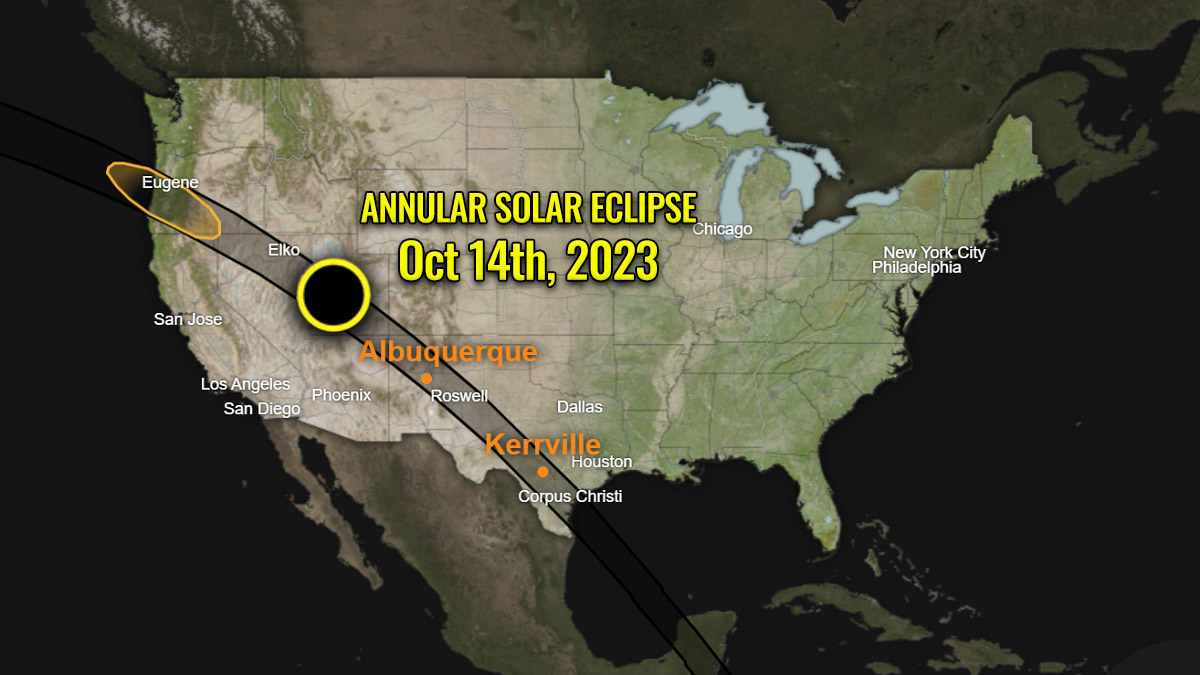Unveiling The 'Ring Of Fire' Solar Eclipse: Your Ultimate Guide To The Annular Spectacle
Imagine the sky briefly dimming, not into complete darkness, but revealing a breathtaking halo of light – a fiery ring encircling the silhouette of the Moon. This awe-inspiring celestial event is known as an annular solar eclipse, or more popularly, the "ring of fire" solar eclipse. It's a phenomenon that captivates sky-watchers around the globe, offering a unique visual spectacle that stands apart from its total eclipse counterpart.
While total solar eclipses plunge regions into temporary twilight, the annular eclipse presents a different, yet equally mesmerizing, display. For those fortunate enough to be in the path of annularity, the view includes this rare "ring of fire," a truly unforgettable sight. This article will delve into what makes this event so special, where and when you might catch it, and most importantly, how to view it safely to protect your eyes and truly enjoy the show.
What Exactly is a 'Ring of Fire' Eclipse?
An annular solar eclipse, often referred to as a "ring of fire" eclipse, occurs when the New Moon passes directly in front of the Sun. However, unlike a total solar eclipse, the Moon does not completely cover the Sun's disk. This happens because the Moon is farther away from Earth in its elliptical orbit, making it appear slightly smaller in the sky than the Sun. As a result, even when perfectly aligned, the Moon's apparent size isn't large enough to obscure the entire solar disk, leaving a brilliant, ring-shaped sliver of the Sun visible around the Moon's edges.
Annular vs. Total: A Crucial Distinction
The key difference between an annular solar eclipse and a total solar eclipse lies in the Moon's distance from Earth and its apparent size. During a total solar eclipse, the Moon is closer to Earth, appearing large enough to completely block out the Sun's bright face, revealing its ethereal corona. In contrast, an annular eclipse, or a ring of fire solar eclipse, occurs as the New Moon moves in front of the Sun but does not cover the Sun's disk completely. This leaves that distinctive "ring of fire" effect, a powerful reminder that even a small portion of the Sun's light can be incredibly intense.
The Celestial Dance: When and Where to Witness the Spectacle
The "ring of fire" is a relatively rare event for any given location, but they do occur periodically across different parts of the world. The data suggests that on October 2, 2024, the Moon and Sun will once again create a "ring of fire" during an annular solar eclipse. On this date, the Moon will pass in front of the Sun, creating an annular solar eclipse, or "ring of fire" in the sky, particularly visible from parts of the Southern Hemisphere. Much of South America will see a partial solar eclipse, but some observers will be treated to the full annular view.
Past and Upcoming Events: A Glimpse into the Future
While the October 2, 2024, event is a significant one, it's not the only "ring of fire" that has graced or will grace our skies. For instance, many sky-watchers along a roughly 125-mile-wide path that cut from Oregon south to Texas and through Central and South America were able to see the full "ring" on October 14, 2023. This recent event provided tens of millions in the Americas with front-row seats for a rare "ring of fire" eclipse of the sun. It was also the first solar eclipse visible in North America since June 10, 2021, when a "ring of fire" was visible then as well.
Future opportunities to witness this phenomenon are also on the horizon. Astronomy enthusiasts and intrepid eclipse-chasers can find out the dates and locations of upcoming annular eclipses up to 2030, allowing them to plan their next adventure to catch this incredible display.
Geographic Hotspots: Where the Ring Shines Brightest
The path of annularity for these eclipses is often quite narrow. For the October 2, 2024, event, an annular solar eclipse will create a “ring of fire” phenomenon in the sky over parts of South America, specifically crossing the Pacific and the tips of Argentina and Chile. A partial eclipse will also appear over Hawaii, offering a less dramatic but still notable event for those outside the direct path.
For the October 14, 2023, eclipse, what’s called an annular solar eclipse — better known as a ring of fire — briefly dimmed the skies over parts of the western U.S. and Central and South America. Sky-watchers along that path, which cut from Oregon south to Texas and through Central and South America, had the best views. These precise paths are crucial for observers hoping to witness the full "ring of fire" effect, as even a slight deviation can mean seeing only a partial eclipse.
Safety First: Protecting Your Eyes During an Eclipse
While the "ring of fire" is undeniably beautiful, it is paramount to remember that viewing any solar eclipse, whether partial or annular, without proper eye protection is extremely dangerous. The Sun's intense rays, even when partially obscured, can cause severe eye injury or even permanent blindness. This is not a phenomenon to be viewed with the naked eye or with regular sunglasses, which offer insufficient protection.
To safely view a "ring of fire" solar eclipse, you must use specialized solar filters or certified eclipse glasses that meet the ISO 12312-2 international safety standard. These are specifically designed to block out the harmful ultraviolet, infrared, and intense visible light that can damage your eyes. Other safe viewing methods include:
- Certified Eclipse Glasses: Ensure they are from a reputable manufacturer and meet the ISO safety standard.
:max_bytes(150000):strip_icc()/ring-of-fire-eclipse-FIRECLIPSE0220-b7656d48983c4927804aa6032cd44291.jpg)
A Rare 'Ring of Fire' Solar Eclipse Is Happening June 21 - Here's What

Ring of fire eclipse will light up the morning sky - Earth.com

A Spectacular Annular Solar Eclipse - Ring of Fire - in the U.S. on Oct